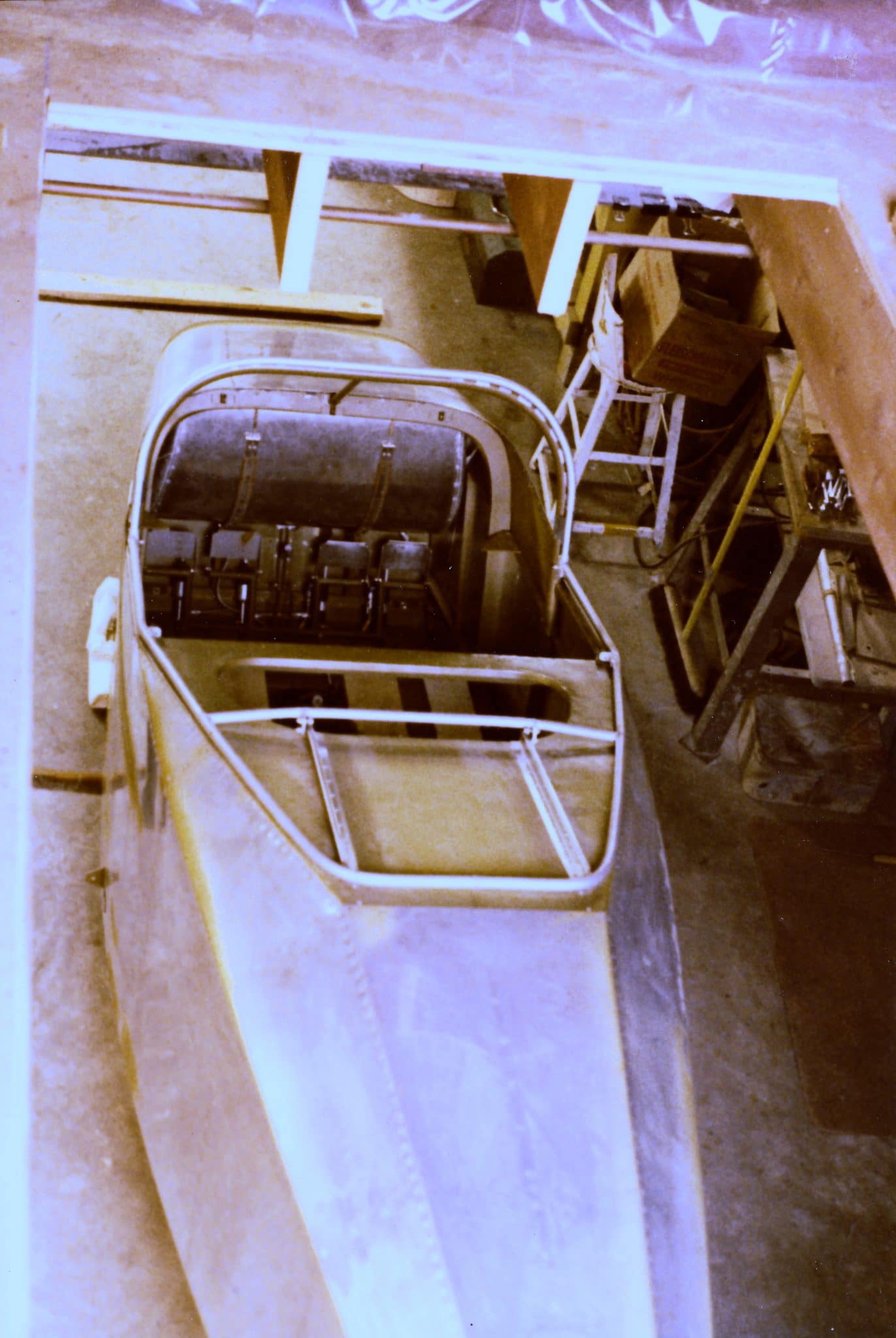A Family History of Aviators and Aviation Helps
Aviation has been a large part of my family’s history for nearly a century. My grandfather, Kenneth B Walton, imported a DeHavilland DH.60G Gipsy Moth biplane after spending time in England. KBW was the holder of private pilot license number 288. Known for his popular Kents restaurants in Atlantic City, KBW also worked on P-47 Thunderbolts for Republic Aviation at Farmingdale on Long Island during World War II before returning to his home on Brigantine Island in New Jersey.
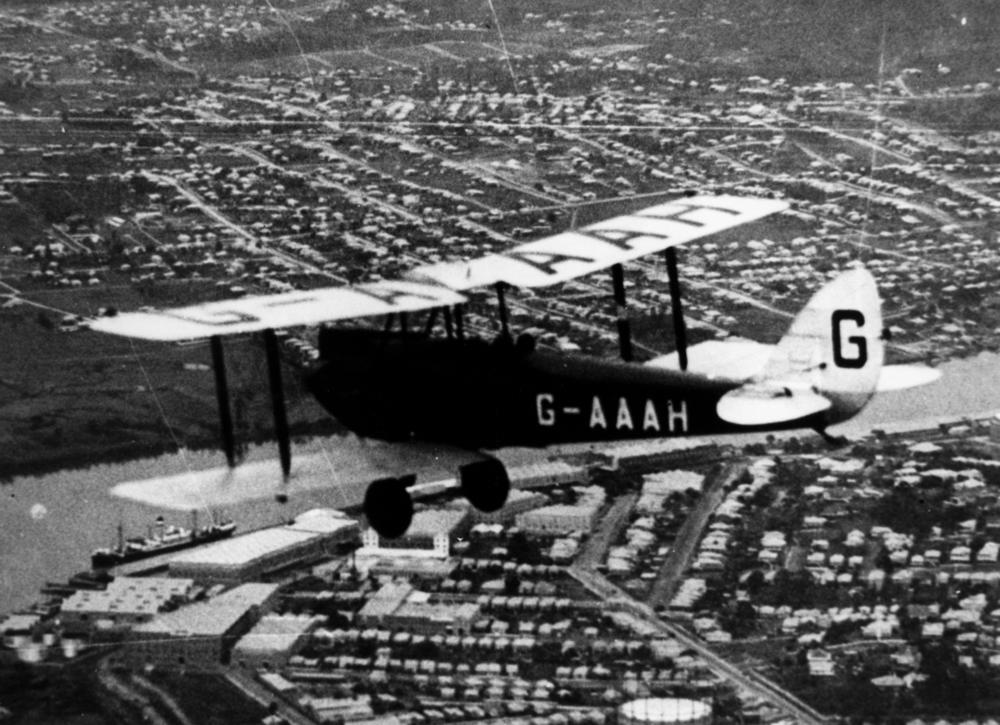
Continuing Family Flights
KBW’s son John G Walton II (my father) was first introduced to aviation in a Fleetwings F-5 Sea Bird amphibian. JGW later informally learned to fly in Navy North American T-28B Trojans and Lockheed TV-2 Shooting Stars from instructor pilot friends during his service as an engineering staff officer with Navy Advanced Training Units (ATU)-200 and ATU-202 deep in South Texas at Naval Air Station (NAS) Kingsville during the late 1950s and early 1960s. JGW obtained his private pilot license in 1960 and his IFR rating in 1984.
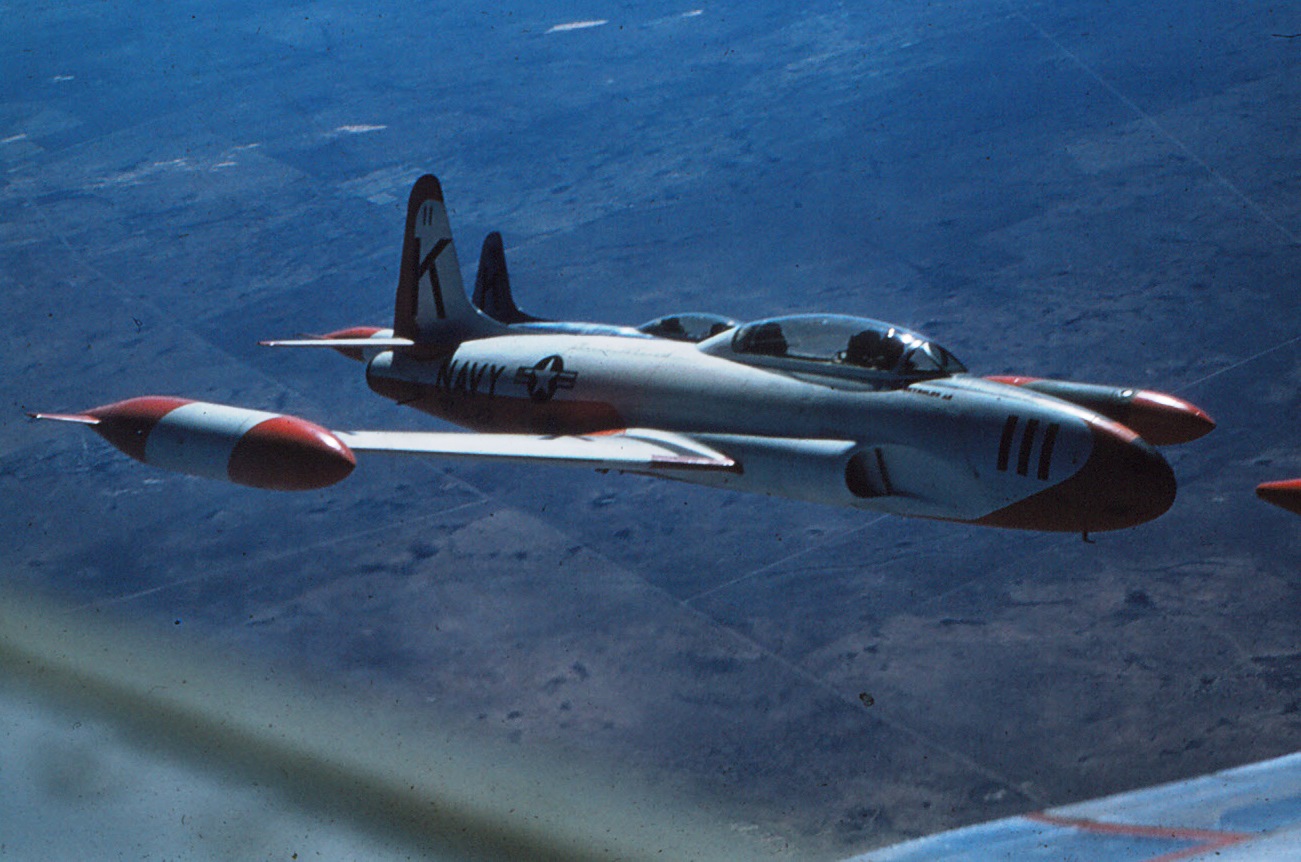
First Flights for Generation III
Dad sometimes flew a Cessna 172 (78 Sugar) out of Atlantic City’s Bader Field while we lived in New Jersey. That’s where my first flight took place…over Atlantic City and out over the ocean and our house on Brigantine. I was thrilled but also only seven or eight at the time. My very first trip on an airliner was a TWA DC-9 to the Air Force Museum in Dayton…to see a real Boeing B-17 Flying Fortress of course. I owe my continuing interest in aviation to him and to that trip to what is still one of the top five aviation museums anywhere.
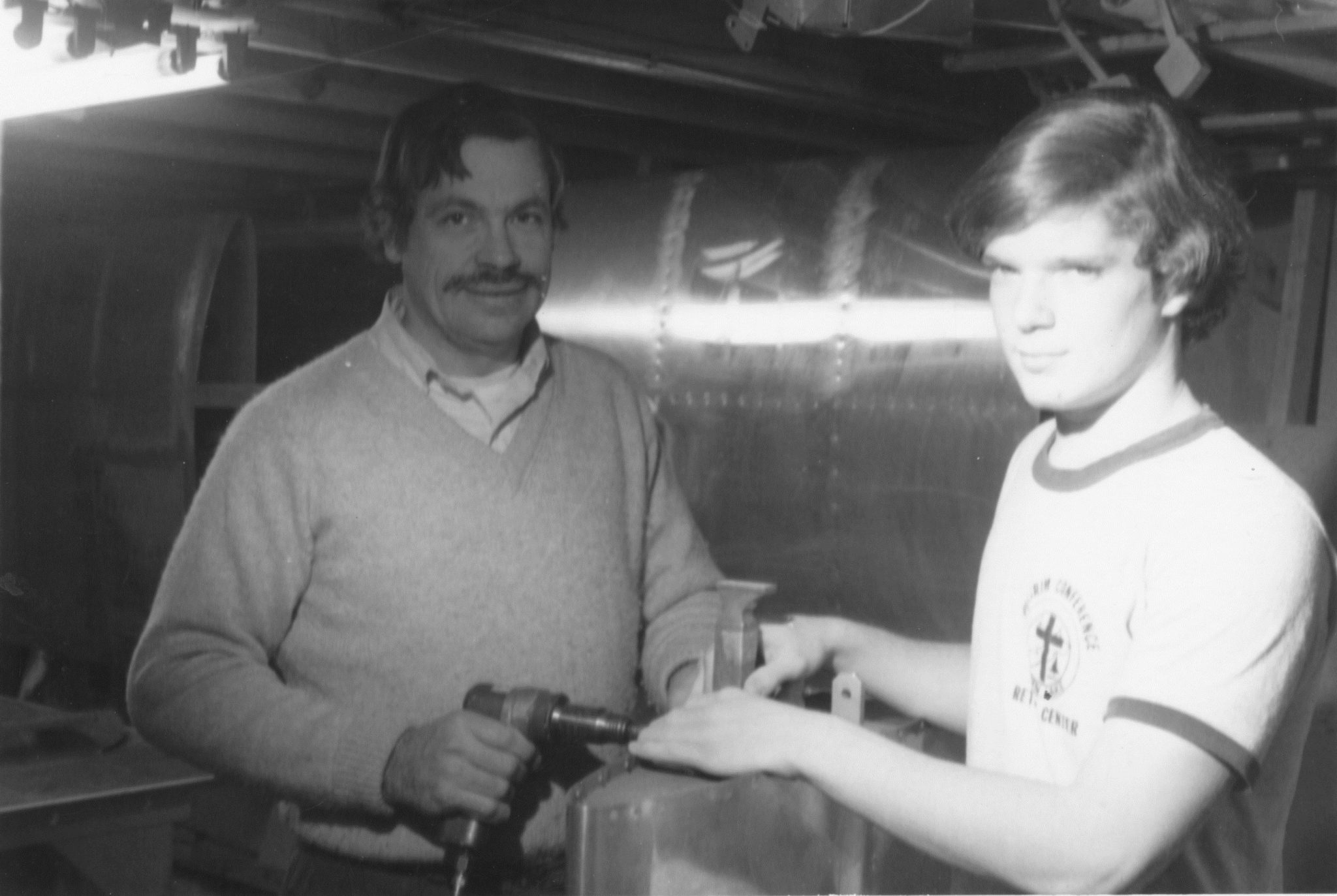
Bitten by the Homebuilding Bug
Dad had wanted to build his own airplane for quite some time when his work took the family to Neenah in Wisconsin, just up the road from Oshkosh, in the early 1970s. JGW went to his first Experimental Aircraft Association (EAA) Fly-In that first year. Bitten by the bug in a serious way, he bought a set of plans for John Thorp’s T-18 design, the required sheet aluminum of various thicknesses, started forming parts, and recruited yours truly as chief rivet bucker and quality control inspector. Strange noises emanated from our basement at odd hours. Did I mention the T-18 was being built in our Wisconsin basement?

Options and Alternatives for Eskimo Homebuilders
When you live in Wisconsin and you want to build an airplane, you might be fortunate enough to have several options. Perhaps the easiest one is to utilize a barn, detached garage, or other outbuilding that is either already heated or can be heated. After all, it gets really bitterly unimaginably cold in Wisconsin and progress toward the first flight of an airplane would certainly be reduced during the winter months (typically from late August through early June) without available heat. It’s difficult to effectively wield tin snips or back up a bucking bar with mittens on. An attached garage might also be an option, again provided it could be heated, and that the family truckster would survive daily liberal cold-soakings in the elements while work on the airplane in the garage progresses. Engine block heaters should be standard equipment on vehicles sold in Wisconsin.
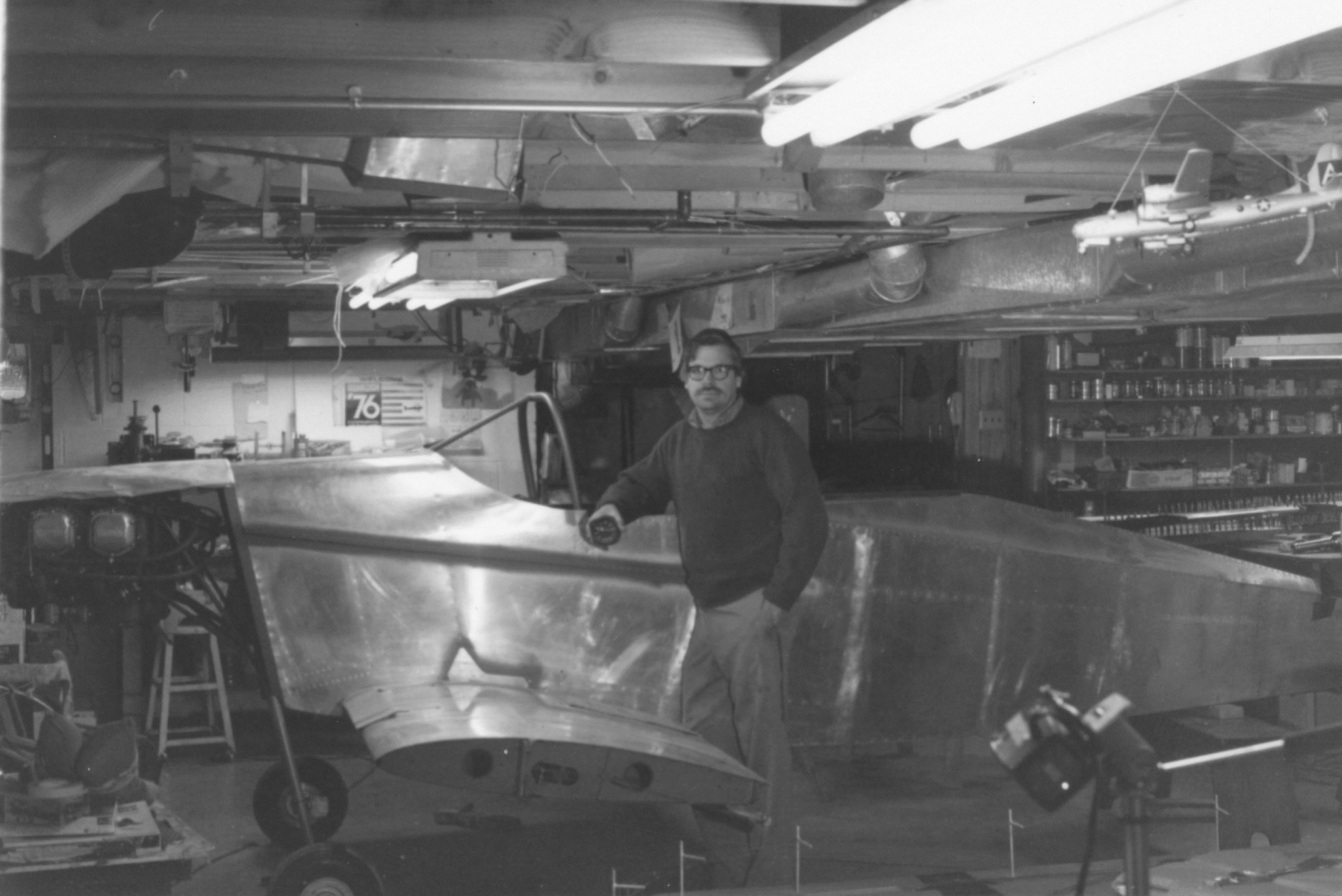
So the Garage is Out. Why Not Build It Underground?
One other option is available to many Wisconsinites. Many Wisconsin homes come equipped with basements. In this writer’s opinion, no house should ever be built without a basement. Providing endless options for usable space that by nature is always cooler than the rest of the house, but warmer than winter’s frozen embrace outside, basements are, in a word, perfect. But when one decides to utilize one’s basement to build an all-metal homebuilt airplane, at some point in the process (preferably early) one must consider how the airplane will inevitably and eventually emerge from the basement. This somewhat thorny problem often renders the basement a non-starter as an aircraft construction zone.
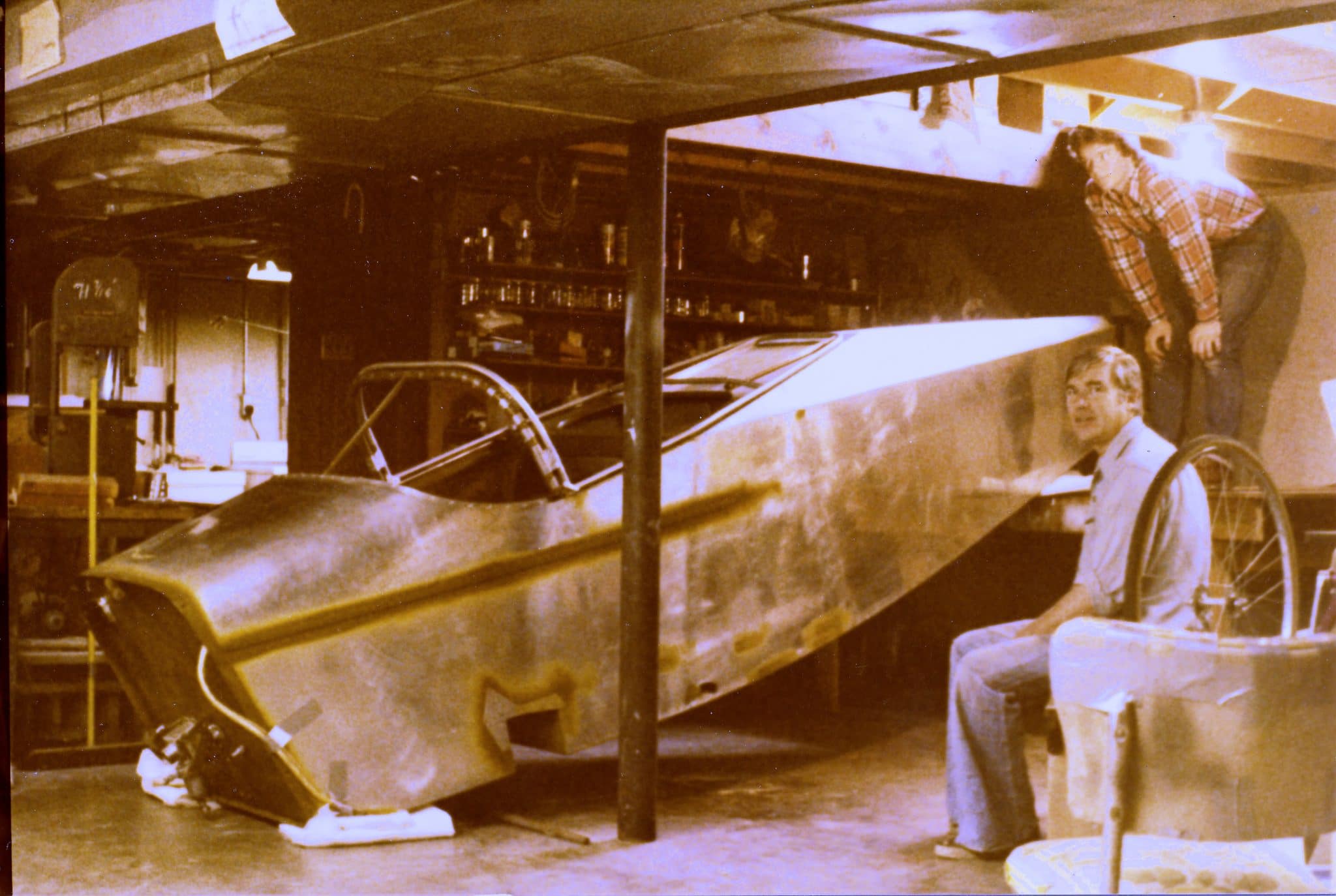
You Use Math Every Day
We talked occasionally about how we would get the airplane out of the basement. Because the house was built up a bit higher than the houses on either side of us and the basement floor was closer to ground level on the north side, the plan we spoke about most often was to blow a hole in the north side basement wall, dig out / redistribute enough of the berm dirt to create a ramp, and just roll the flying machine out. To the best of my recollection we didn’t talk about the method we ended up using very often if at all, but it made more sense than the basement wall hole idea. Seriously- calculating how much dynamite would create a suitably-sized hole in the basement wall without collapsing the two story house above it required some serious head-scratching.
